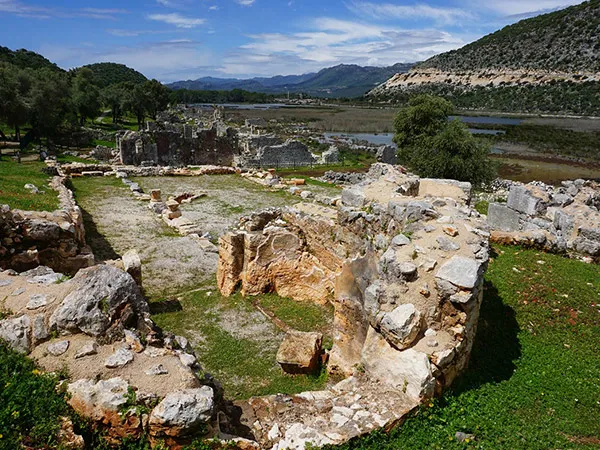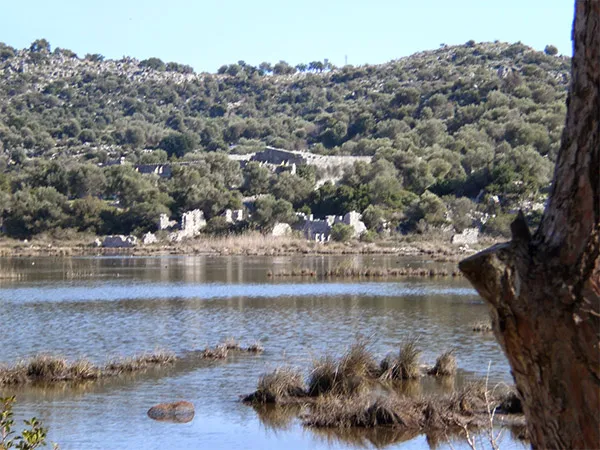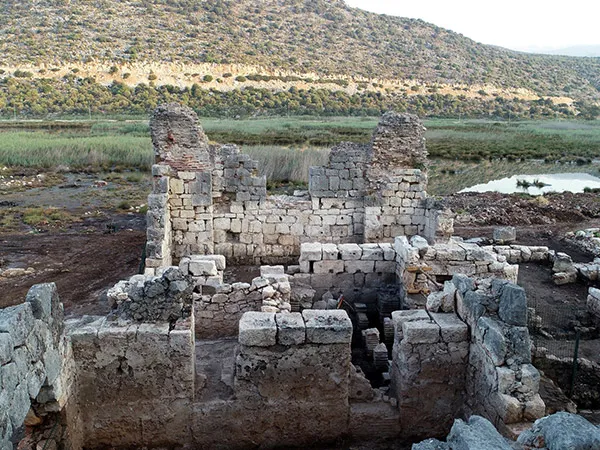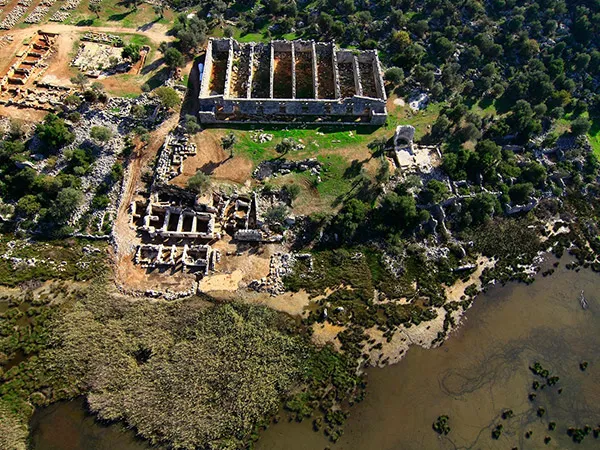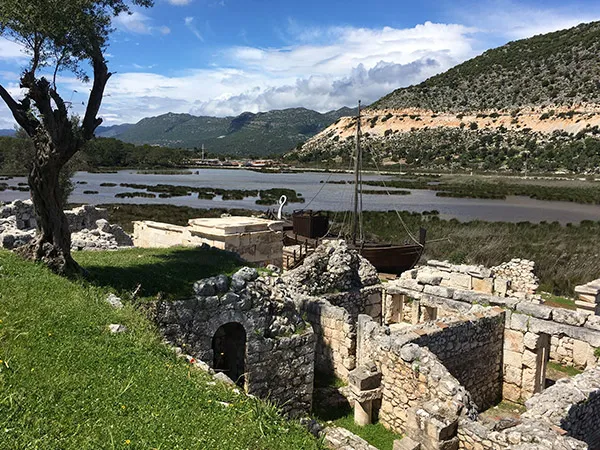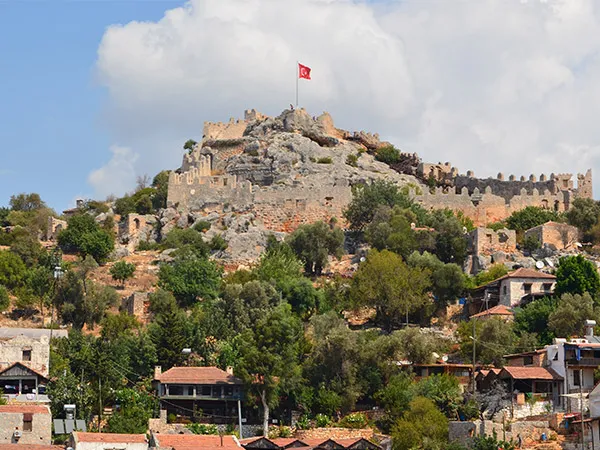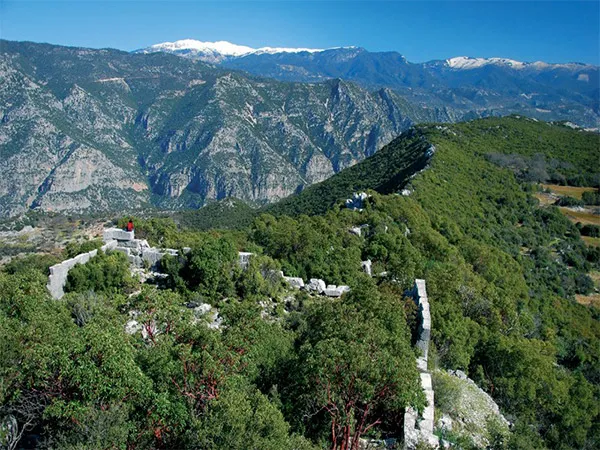Andriake Ancient City, located within the borders of Demre district in Antalya, is a historical site and one of the significant port cities of the Lycian Civilization. This ancient city enchants its visitors with its historical ruins and natural beauty.
Where is Andriake Ancient City?
Andriake Ancient City is situated near the Demre district in Antalya. It is approximately 140 kilometers from Antalya city center and about 5 kilometers from Demre.
How to Get to Andriake Ancient City?
Reaching Andriake Ancient City is quite easy. You can take minibuses or buses to Andriake from Demre. Additionally, you can easily reach the site with your private vehicle or a rental car. It is a short journey from Demre to Andriake Ancient City.
Features of Andriake Ancient City
Andriake is one of the important port cities of the Lycian Civilization and hosts many historical structures. In the ancient city, you can find a granarium (grain storage), agora, bath, and church. Andriake was also a major center of trade in ancient times.
Things to Do at Andriake Ancient City
By visiting Andriake Ancient City, you can explore the historical ruins, discover the granarium and agora. Additionally, you can take nature walks to explore the natural beauty surrounding the ancient city.
Historical and Cultural Significance of Andriake Ancient City
Andriake is one of the significant port cities of the Lycian Civilization, with a history dating back to the 4th century BC. Influenced by many civilizations throughout its history, Andriake was also an important center during the Roman and Byzantine periods. Today, Andriake Ancient City continues to enchant its visitors with its historical and cultural richness.
